A lush, green lawn is the pride of every homeowner. However, thinning Bermuda grass is a problem that frustrates even the most dedicated lawn enthusiasts. If your once vibrant Bermuda grass has lost its density and vigor, despair not!
With some careful planning and proper lawn care practices, you will revive your lawn’s lushness and enjoy a more vibrant outdoor space.
Understanding Bermuda Grass
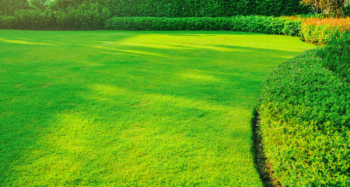
Before we dive into the solutions, let’s understand what Bermuda grass is and why it becomes thin.
Bermuda grass (Cynodon dactylon) is a warm-season grass commonly found in lawns across the southern United States. This grass is known for its excellent heat tolerance and resilience.
Bermuda grass thrives in full sun and tolerates heavy foot traffic. However, factors like excessive shade, inadequate water, nutrient deficiencies, and poor maintenance practices contribute to thinning and overall decline.
Assessing the Problem
The first step in fixing thin Bermuda grass is to assess the problem areas in your lawn. Walk around your yard and take note of any patches where the grass is sparse or where weeds have taken over.
Identifying the underlying factors causing thinning grass will help you address the problem effectively.
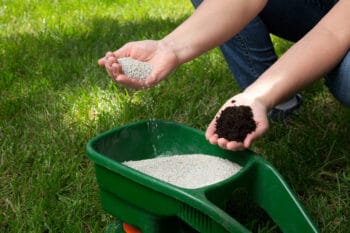
Preventing Thinning Bermuda Grass
Prevention is better than cure, and this holds true in lawn care. Here are some preventative measures to follow to maintain a lush Bermuda grass lawn:
Mowing: Proper mowing is crucial for Bermuda grass. Set your mower blade at a height of 1 to 1.5 inches during the active growing season. Regular mowing helps promote lateral growth and discourages weeds. Contact us for full service lawn care. You will not be disapointed.
Watering: Deep and infrequent watering is key to encourage Bermuda grass roots to grow deeper. Water your lawn thoroughly, providing about 1 inch of water per week. Avoid frequent shallow watering, as it promotes shallow root growth and weakens the grass.
Fertilization: Bermuda grass thrives on regular feeding. Apply a balanced fertilizer with a higher nitrogen content, such as a 4-1-2 ratio, every 4 to 6 weeks during the growing season. This promotes healthy growth and helps fill in thin areas. Check out our lawn fertilization and weed control service page to learn how we can help.
Weed Control: Weeds will choke out Bermuda grass and contribute to thinning. Regularly inspect your lawn and treat any weed problems promptly. Use herbicides or organic weed control methods to eliminate weeds without harming the grass.
Fixing Thin Bermuda Grass
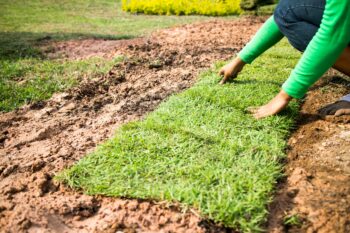
Now that we have preventive measures in place, let’s discuss how to fix thinning Bermuda grass:
Aeration: Thinning can be a sign of compacted soil. Aerating your lawn helps alleviate compaction by creating small holes that allow air, water, and nutrients to reach the grassroots. Rent a core aerator and go over your lawn, paying extra attention to thin areas.
Put Down Sod: Laying down sod can be a quick solution to revive thin Bermuda grass, as it introduces healthy grass to replace the thinning areas. By laying down the sod, the new grass roots will grow into the turf beneath and flourish, filling in any bare or thin areas. This method is especially useful for areas with soil erosion or where grass has completely died out.
Spot Treat Weeds: Address any existing weed problems by spot treating with appropriate herbicides. Be sure to follow the manufacturer’s instructions and avoid spraying on newly seeded areas.
Regular Maintenance: Once your Bermuda grass begins to fill in, continue with regular maintenance practices such as proper mowing, watering, and fertilization. These practices will ensure your lawn remains thick and healthy.
Trim Trees and Shrubs: Trimming trees and shrubs that cast shade on thin Bermuda grass can significantly improve its overall health and density. By removing overhanging branches or excessive foliage, more sunlight can reach the grass, allowing it to photosynthesize and thrive. Adequate sunlight is crucial for the growth of Bermuda grass, and trimming trees and shrubs is a practical way to enhance its access to this vital resource.
Read some “Simple Steps to Lawn Care” published by Texas A&M University for more helpful tips.
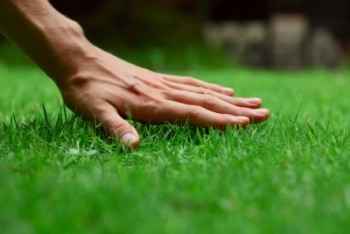
Patience and Perseverance
Reviving thin Bermuda grass takes time and effort. Be patient and consistent with your lawn care practices, especially during the growing season.
Monitor your progress, adjust your lawn care routine as needed, and consult with lawn care professionals if necessary.
By following these steps and practicing good lawn care habits, you’ll be able to bring your thin Bermuda grass back to life. Enjoy the lushness of your revitalized lawn and take pride in your beautiful outdoor retreat.

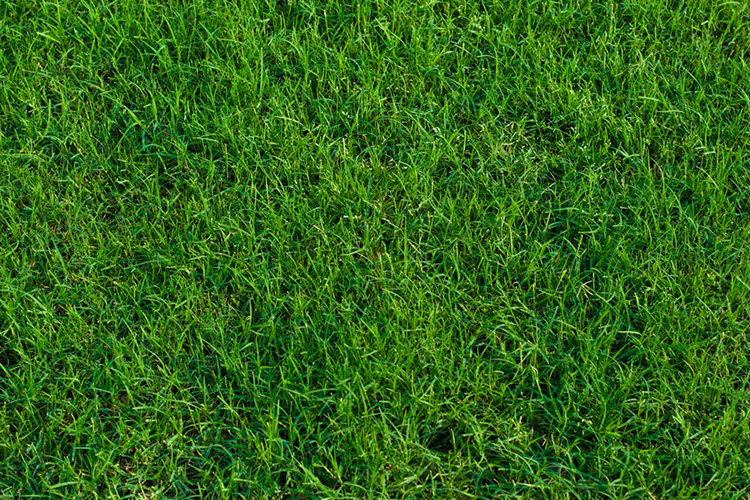

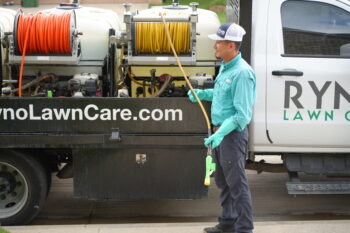

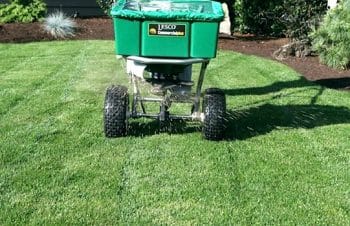
One Response
I installed new Bermuda sod in March 2023 & it’s already dead in certain areas & thinning in others. We’ve aerated, consistently watered & fertilized the lawn but nothing helps. My lawn went from looking like a golf course to looking thin & mangy!!! Any suggestions?